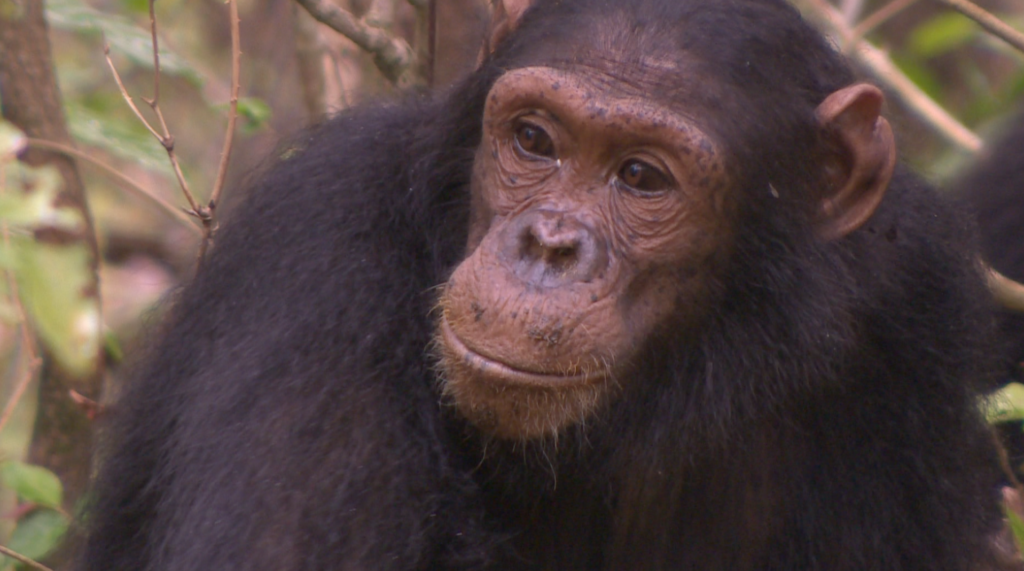
A beloved chimpanzee colony in Gombe National Park, Tanzania, faces a fight for survival. The population has shrunk from around 150 in the 1960s to a mere 90 today, according to a warning from researcher Simula Maijo of the Tanzania Wildlife Research Institute (TAWIRI).
These chimpanzees hold historical significance, having been studied by primatologist Jane Goodall, whose research played a pivotal role in understanding human evolution. Their habitat along Lake Tanganyika is being swallowed by agricultural expansion, leaving them with dwindling resources. Poaching and diseases further threaten their existence.
Unlike many wildlife sanctuaries, Gombe National Park lacks perimeter fences. This allows chimpanzees to roam freely, but it hasn’t protected crucial forest corridors that once linked various colonies. Maijo explains that these corridors have vanished rapidly, isolating populations and hindering genetic diversity.
Charcoal production, timber extraction, and small-scale farming are identified as the main culprits behind habitat loss. Maijo highlights how these activities have fragmented the forest, transforming the corridors into isolated patches. This not only reduces resources for the chimpanzees but also increases human-wildlife conflicts and the risk of disease transmission.
The future of this iconic colony hangs in the balance. Urgent action is needed to preserve their habitat and ensure their survival.




